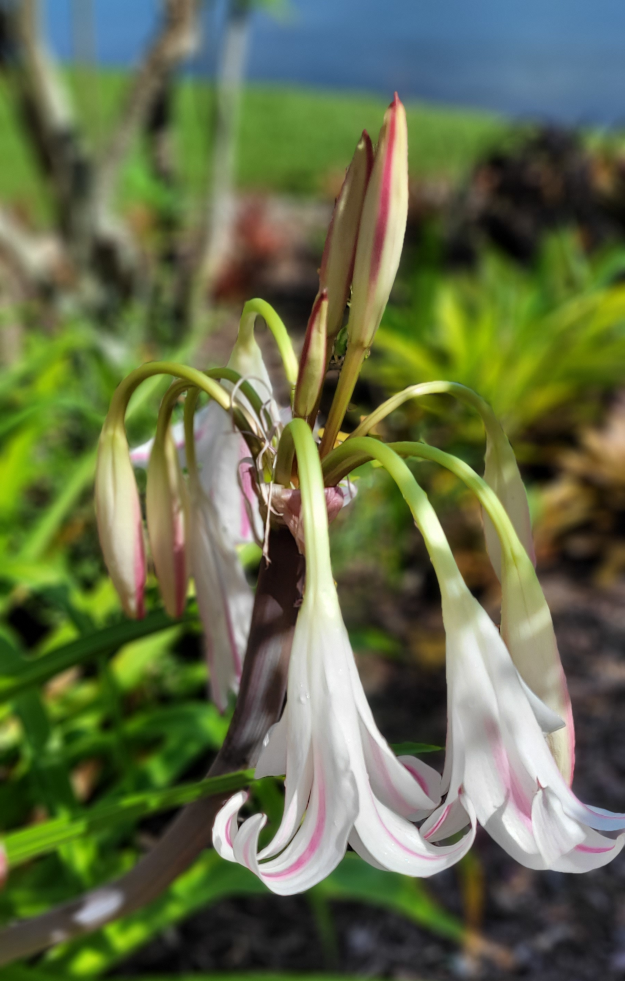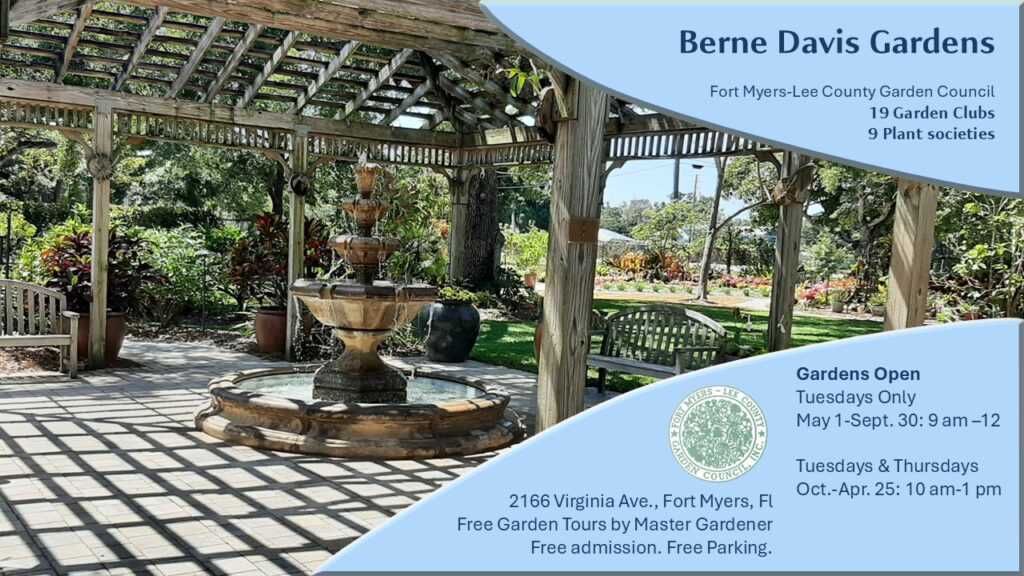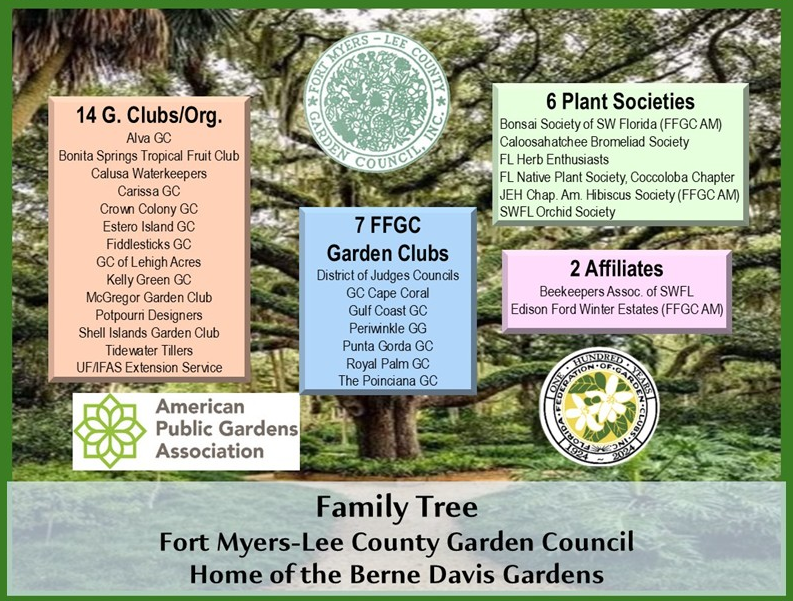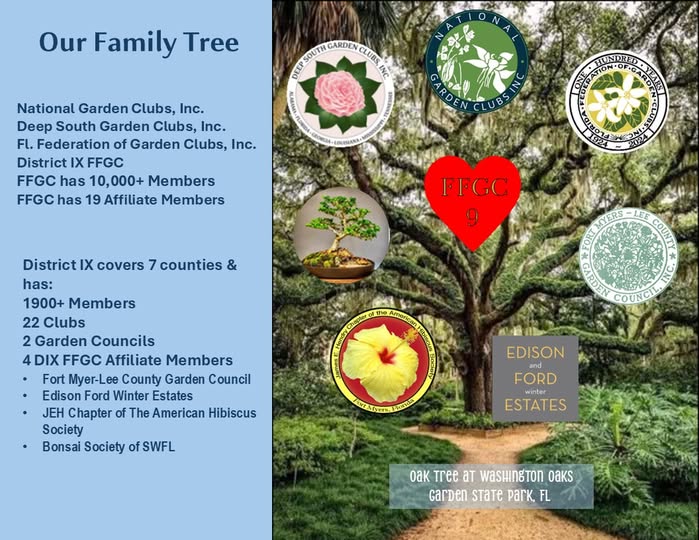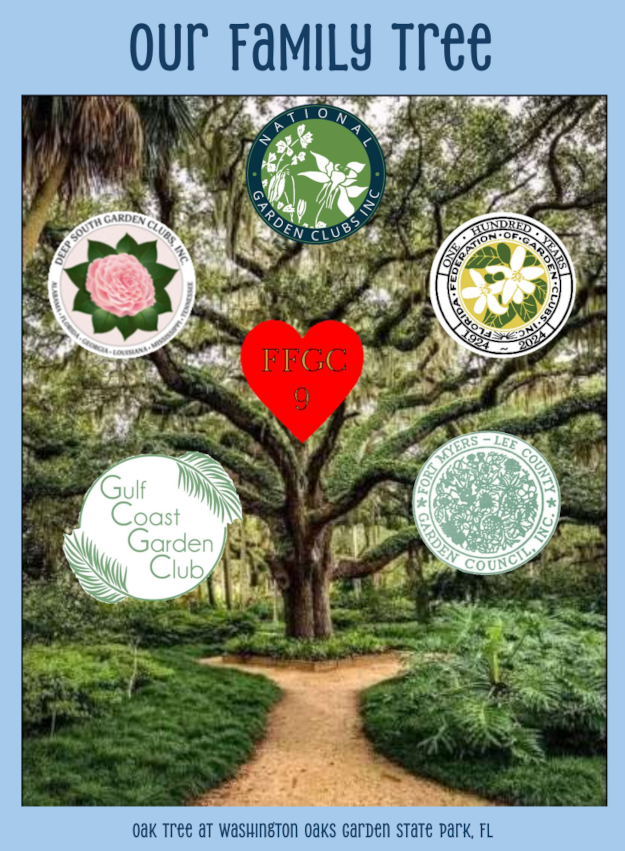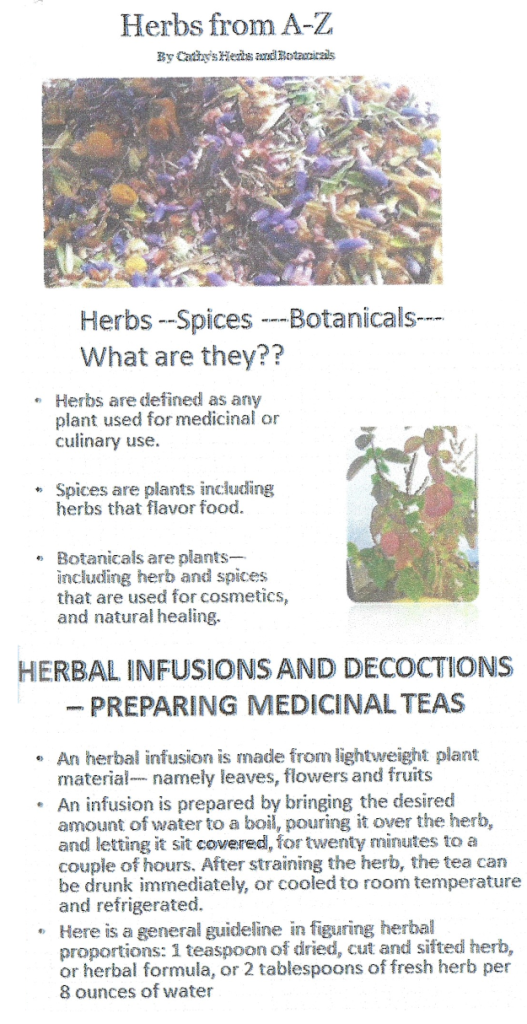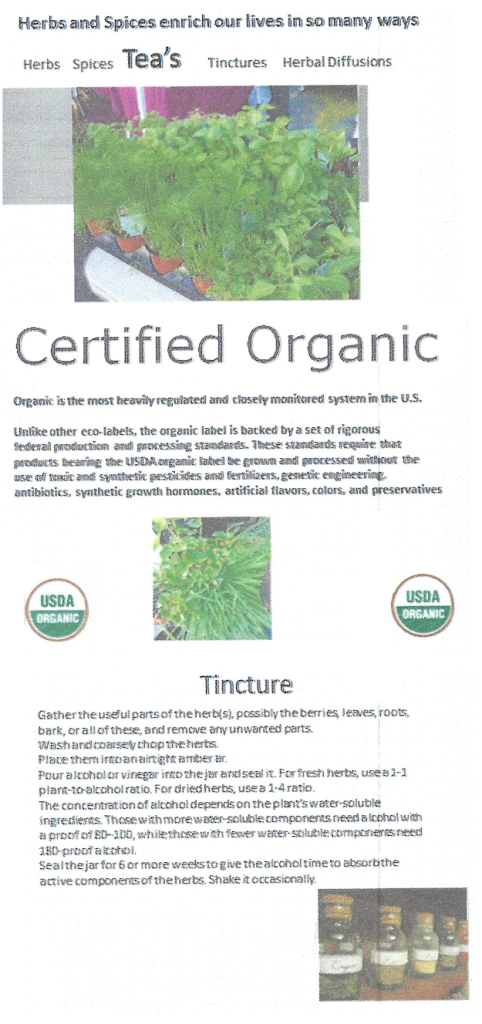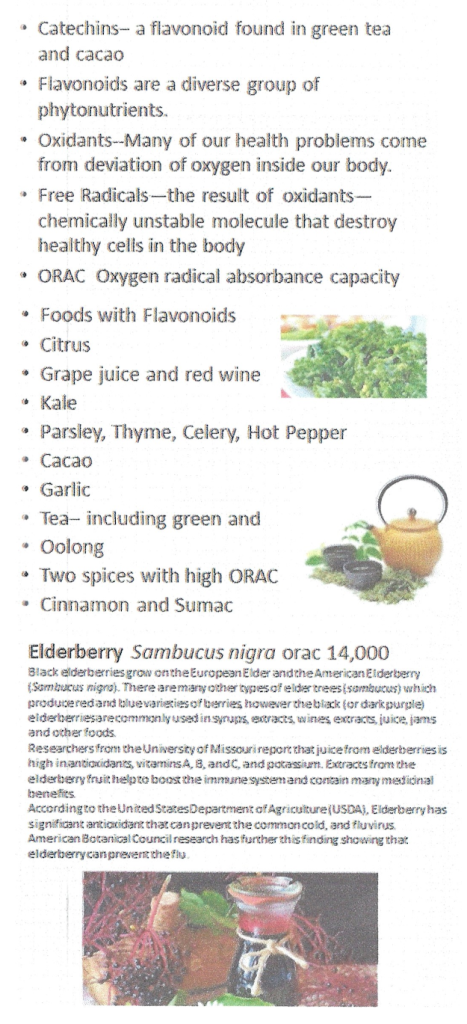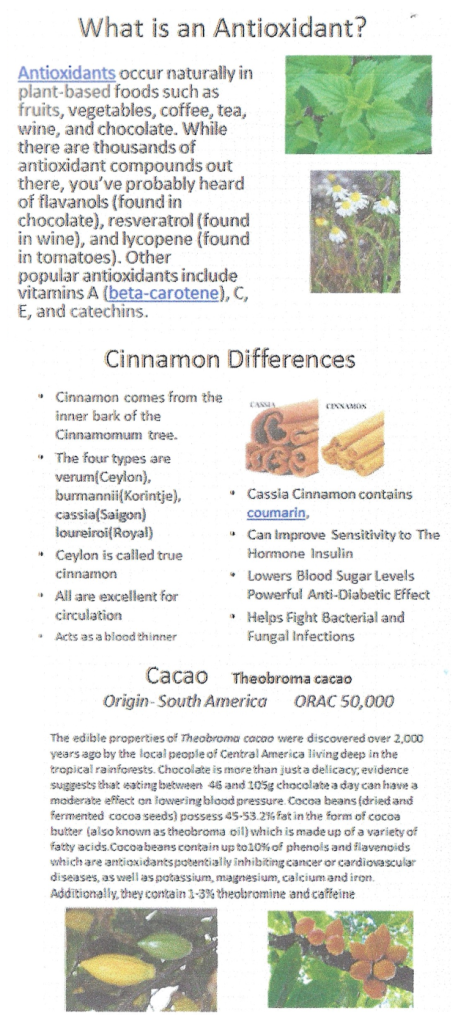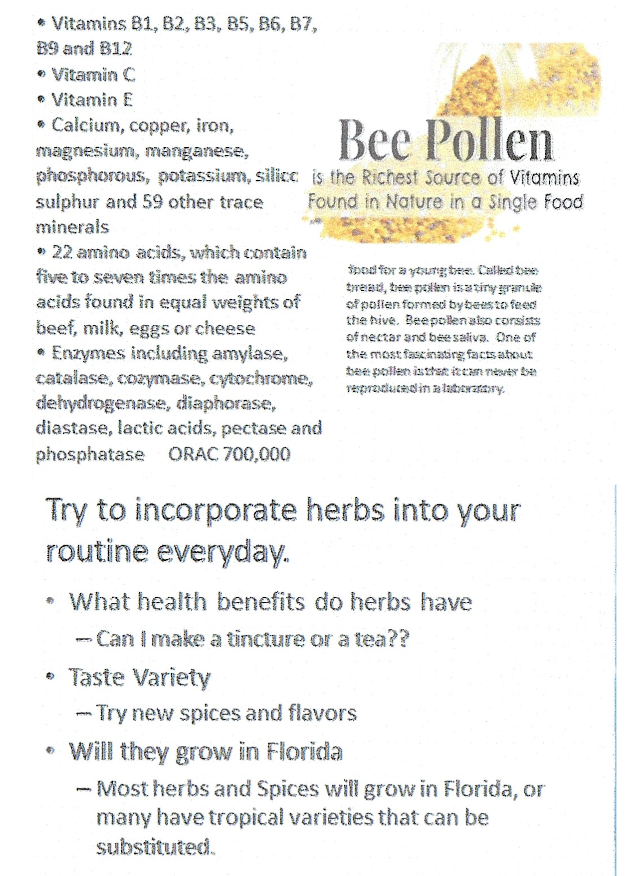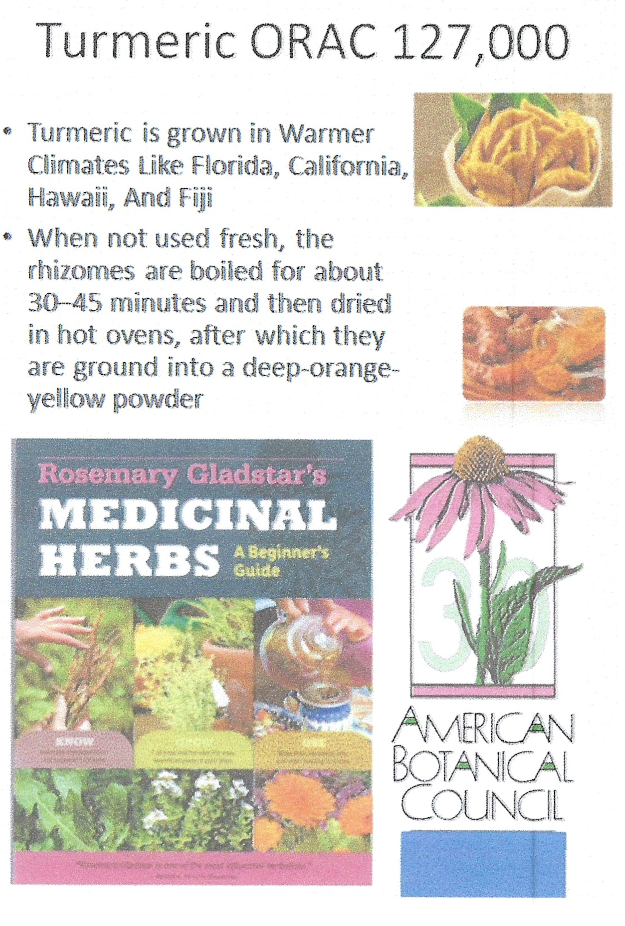Eileen Ward gives advise for propagating plants.
Category Archives: Uncategorized
Cooking with Herbs with Mary Spencer
“Cooking with Herbs” a summary of a presentation by Mary Spencer
Adapted from the Garden Club of Dearborn Newsletter, September 2025
Mary Spencer’s presentation on “Cooking with Herbs” offered a flavorful journey through the world of garden-grown culinary herbs. She began by distinguishing herbs from spices: herbs—used for both culinary and medicinal purposes—are the leafy green parts of plants, while spices typically come from seeds.
Spencer highlighted regional herb preferences, noting that Italian cuisine favors basil, oregano, and fennel; northern European dishes often feature dill and fennel; and French cooking leans toward the more delicate thyme and tarragon.
She then turned to cilantro, calling it the most widely used herb globally—except in the U.S., Canada, and parts of Europe. Introduced to American kitchens in the mid-1970s, cilantro has long been a staple in Latin American, Middle Eastern, and Asian cuisines. Spencer addressed the persistent myth that a genetic trait causes some people to find cilantro’s flavor soapy and unpleasant.
Next, she explained the difference between hardy and delicate herbs. Delicate herbs—such as dill, chervil, and cilantro—are best added at the end of cooking to preserve their subtle flavors. Hardy herbs like rosemary, mint, bay leaves, and thyme are more robust and can be added early to infuse dishes throughout the cooking process. Spencer shared her own time-saving tip: she never strips thyme leaves from the stem, instead tossing the whole sprig into rice, soup, or stew.
For slow-cooked dishes like mushroom risotto, bay leaves add depth and aroma. Spencer also recommended bundling hardy herbs in food-safe twine to create a “bouquet garni,” or placing them in cheesecloth or a tea infuser for easy removal. As a final note of caution, she advised restraint with sage—its bold flavor can easily overwhelm a dish, making it “taste like a Christmas tree.”
🌿 Tips from Mary Spencer on Cooking with Herbs
- Bay Leaves: Always buy whole bay leaves—never chopped or dried. They retain far more flavor.
- Lemongrass & Lemon Verbena: Excellent for building base flavors in dishes—and even perfumes.
- Lemon Balm: A soothing option for herbal tea.
- Oregano: The exception to the fresh-is-best rule—Mary prefers it dried.
- Mint: Versatile in both sweet and savory dishes. It’s a standout in her potato salad.
- Chiffonade Technique: To finely slice herbs, stack the leaves, roll them tightly (like tobacco), and slice the roll into ribbons.
- Pesto Variations: Beyond basil, try arugula, parsley, or even carrot greens for a fresh twist.
- Garnishing Alternatives: Instead of defaulting to parsley, consider chives—especially for potato salad. Bonus: chive blossoms are edible!
- Parsley Preference: Italian (flat-leaf) parsley is more flavorful than curly.
- Sage in Butter: Swish fresh sage leaves in melted butter for a crisp, aromatic drizzle.
- Washing Herbs: Never wash herbs until you’re ready to use them—they’ll spoil faster.
- Drying Herbs: Dry overnight in a low-temperature oven or air-dry naturally if your home isn’t humid.
- Freezing Herbs: Wash and dry, then roll in paper towels, wrap in plastic, and store in freezer bags. They’ll keep for 3–4 months.
- Roasted Veggies: Roast fennel or radishes with oil, salt, and pepper for a simple, delicious side.
👩🍳 About Mary Spencer
Mary Spencer is a seasoned culinary instructor and founder of Taste: A Cook’s Place, LLC, based in Michigan. With decades of experience in teaching cooking classes and leading food demonstrations, Mary brings warmth, humor, and deep expertise to every presentation. She specializes in making everyday meals approachable and flavorful, often highlighting the use of fresh herbs, seasonal ingredients, and simple techniques that elevate home cooking. Her engaging style and practical tips have made her a favorite among garden clubs, community groups, and culinary enthusiasts across the region.
Yearbook Sponsors
click here to return to home page
The following businesses sponsor our yearbook and events.
When you visit, please thank them and mention our garden club.
Pelican Landing Dental
Driftwood Garden Center website
Video tour Driftwood Garden Center
Premier Sotheby’s – Patrick O’Conner
Anyone wishing to be added to the sponsor list should contact:
aninabach@aol.com





